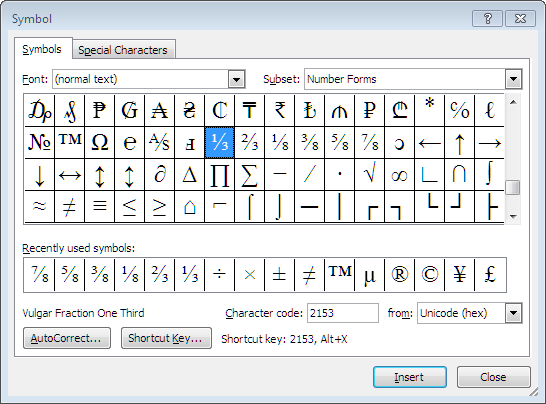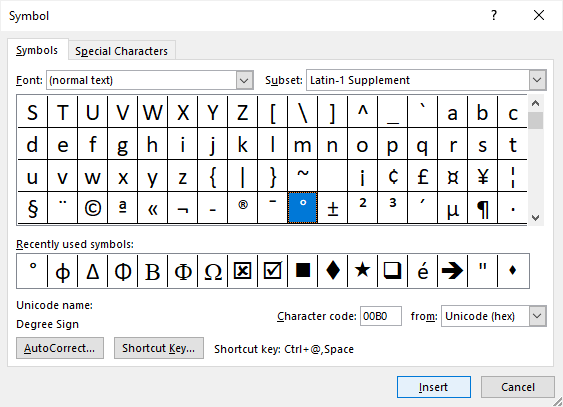


The symbol for emails can be found on any email address on a web page or document. The really simple option is to find an existing symbol on a web page, email or document and copy that to the place you need it. So for the sake of completeness we’ll mention some other options that might be useful, especially if you’re away from your usual computers. In some situations you really want to semi-permanently change the keyboard itself by changing an existing key or key-combination. You might be on a public computer without Office. These are workarounds and only work within Microsoft Office. If you want the shortcut to work in all documents, choose Normal.dotm Beyond Office Save changes in – select the template or document to save the new shortcut. If it’s wrong, press Backspace to delete and try again.Ĭurrently assigned to – shows any existing shortcut assigned to the new shortcut key you want to use.

Press new shortcut key – click in this box then press the key combination you want to use. Select the symbol you want to enter then click the Shortcut key button. The Shortcut key button in Insert | Symbol lets you make your own keyboard combo to type in any character. ~r or r~ makes the Registered trademark symbolĭo you have any personal Autocorrect shortcuts? Tell us about them and we’ll share your tips with everyone.
INSERT A CHARACTER IN WORD 2013 SERIES
For example the tilde ~ character isn’t used a lot and could be the prefix or suffix for a series of two character Autocomplete entries. We think the two brackets are a bit clumsy to type and there are faster options you could try. The trick is ensure your shortcut doesn’t occur in normal typing. If that shortcut doesn’t suit you, change it to something else by clicking that line and changing the details in the Replace / With lines. There are also inbuilt Autocorrect items for the Copyright, Registered trademark and Trademark symbols. As you can see in this case there’s already a shortcut for the Euro symbol – typing (e) will become the symbol right away.


 0 kommentar(er)
0 kommentar(er)
